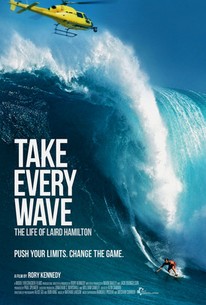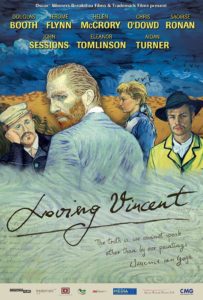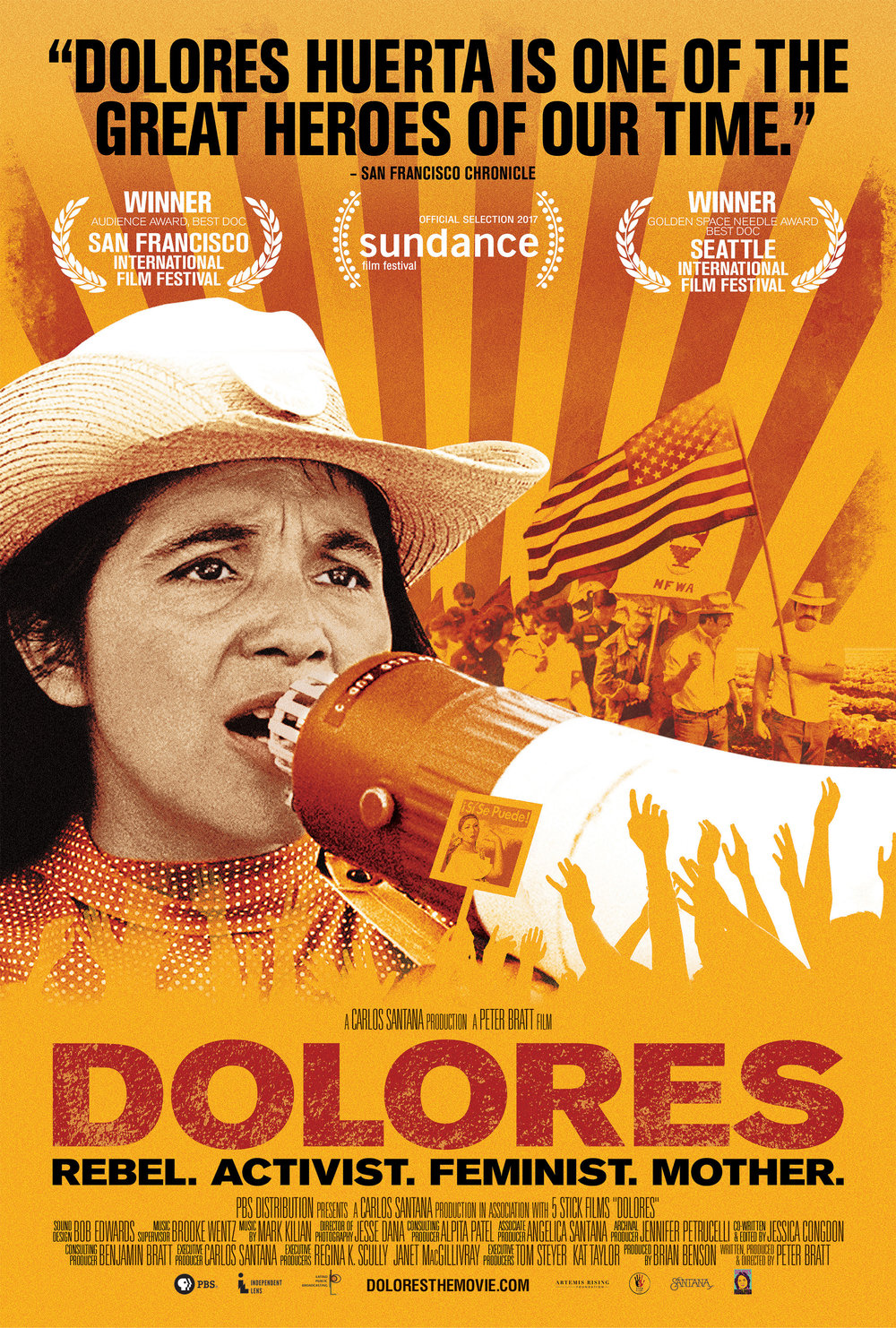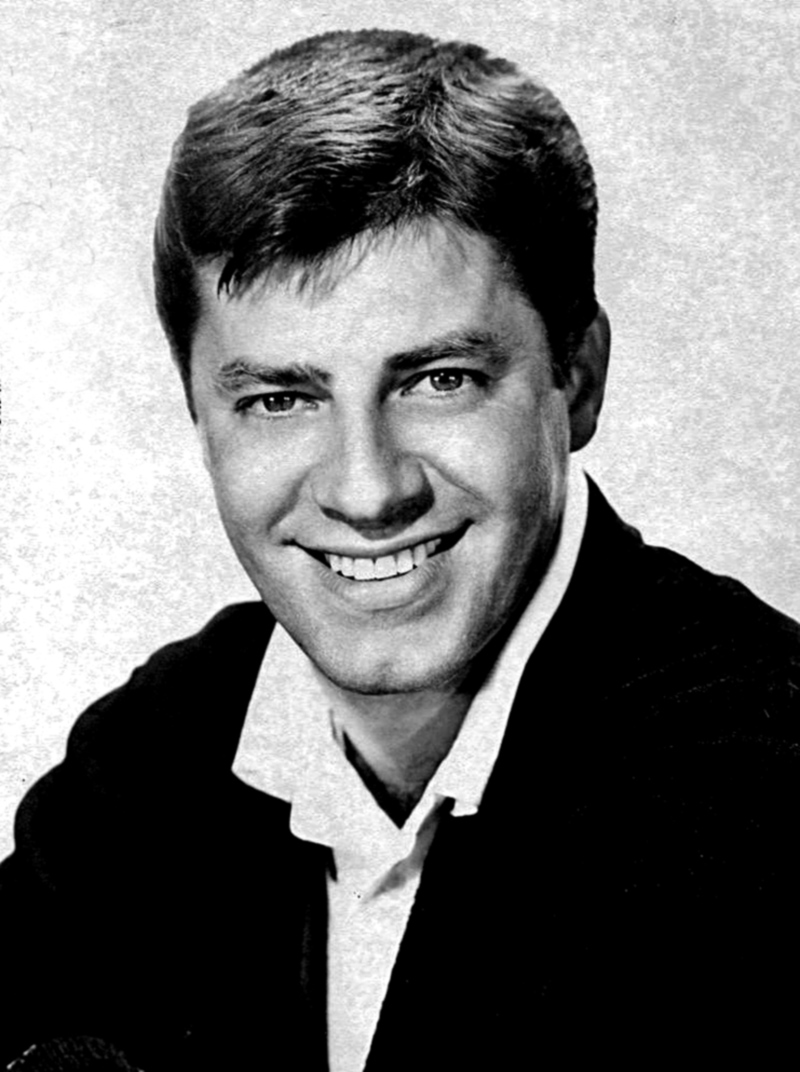Rory Kennedy on Laird Hamilton and Her New Movie “Take Every Wave”
Posted on October 19, 2017 at 2:55 pm
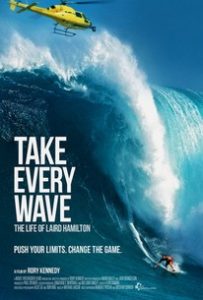
Rory Kennedy usually makes documentaries about complicated issues, with more than 30 films on topics like poverty, political corruption, domestic abuse, drug addiction, human rights, and mental illness. Her latest film is something different. Take Every Wave: The Life of Laird Hamilton is the story of a man who became one of the world’s most accomplished sports figures even though he does not compete in organized events.
Your cinematography of the surfing scenes is remarkable. I kept asking myself as I watched, “Where is the camera? And how can it be so steady?”
To capture Laird on these ginormous waves was certainly something that I had never come across before in my own career. I explored using a drone or jet-ski or somebody in the water but they all had their own limitations and ultimately I really leaned on the helicopter shot. The thing is about these waves that is funny and interesting is that you can have a really huge wave and if you shoot it at a certain angle it looks teeny. And what I found is actually being below the wave looking up at it with a little bit of distance was the most dramatic shot but of course that means the helicopter needs to be below the wave. Don King has worked extensively with Laird and Don Shearer has also worked with him as a helicopter pilot.
You assembled an extraordinary collection of archival footage with some rare and very personal material. Where did it all come from?
It’s a bit of a scavenger hunt really trying to find the best footage. We went to Laird and Gabby first and foremost but there was also footage through the archive houses at NBC, ABC, and CBS, who had some archives that we used. Then reaching out to friends and family and really asking people to go deep into their garages and their basements to retrieve some of the footage, a lot of which has never been seen before. The footage of Laird rescuing his friend came from the production company that they had because that was something that they were filming as it happened. We were able to track it down and it was pretty dramatic.
Laird is married to a world-class athlete who competed in the Olympics, Gabrielle Reece. He is covered by sporting journalists but he does not participate in conventional competition.
He has a comfort in competing in say a foot race where there’s an objective winner but what bothers him in surfing competitions was the sense of judgment. Laird is probably one of if not the most competitive person that I know and there are pretty extreme stories about him in that respect but I think ultimately he didn’t want to bring that to his surfing experience. Part of what he loves about surfing is being out on the water and being in touch with nature and being up against these gigantic waves. And I think that you’re up against your own kind of personal chatter in your head that’s telling you to get off the wave and that you might die. You know that’s a pretty intense adrenaline moment, right? So then you add on other things to that like competition and judgments and all the rest of it and it might feel a little deflating or less interesting.
He is an extraordinary athlete and a big part of that is his exceptional mental focus and drive.
That was part of a huge part of what drove me to make this film. Surfing is really the backdrop of the film but the story is what you’re tapping into which is what drives a guy to surf and go up against 80-foot waves. He has the personal drive towards water. I think that manifests at his very young age. I think he was exposed to some of the biggest waves in the world and he was surrounded by surfers. From age two, three; he was in the ocean every day and going out into water that most of us would never even dream of going into even as adult. He had a childhood that was a broken home. He’s lived in poverty. He had an abusive family situation and I think the outside environment was also difficult where he was one of the only white guys in Hawaii at the time. There was a lot of anger towards people who were not Hawaiian and who were white who had brought a lot of disease and devastation to the island though. Because of all those factors he ended up really focusing and finding refuge in the water.
Even though he doesn’t have much formal education he and the other surfers have really PhD level understanding of the properties of water; the physics of it.
Their level of knowledge is striking. One of the scenes that we have in the film is Laird working with the Oracle team, Jimmy Spithill who is the captain of the America’s Cup because they really looked to him for expertise in terms of foil boarding. And these are guys are engineers and they’re analyzing with computer technology the most efficient way to get a boat to move across a lot of water and they’re looking at Laird for his personal expertise in that and I think there’s a good reason for it. When you have spent that much time as a human being engaging in something, you have kind of an instinctual understanding of it that they’re able to translate in pretty beautiful ways both in terms of the language that they use and the poetry and the beauty of it but also on a very technical level in terms of how it works and how a wave is formed. He’s incredibly articulate and knowledgeable about that.
Would you say that there’s a common theme in your films?
A great story.

